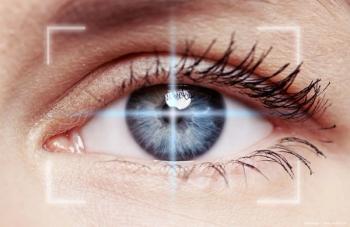
Fibrin glue for corneal closure faster than sutures in OR, says physician
San Francisco-Fibrin glue may be a better choice than sutures for patients who undergo primary pterygium surgery with conjunctival autografts, according to Luciano P. Bellini, MD, of the Department of Ophthalmology, Irmandade da Santa Casa de Misericórdia, Porto Alegre, Brazil.
San Francisco-Fibrin glue may be a better choice than sutures for patients who undergo primary pterygium surgery with conjunctival autografts, according to Luciano P. Bellini, MD, of the Department of Ophthalmology, Irmandade da Santa Casa de Misericórdia, Porto Alegre, Brazil.
Dr. Bellini conducted a consecutive case series study of two groups of 15 patients each. All patients (15 eyes in each group) underwent pterygium resection combined with conjunctival autograft. In one group, fibrin glue (Beriplast, CSL Behring) was used for corneal closure; in the other group, mononylon sutures were used. The two groups were similar as far as age and gender.
The endpoints of the study were operating time, postoperative ocular pain (as reported by the patients on a scale of 1 to 10), patient satisfaction (self-reported on a scale of 1 to 10), recurrences, and complications.
Patients received follow-up at postoperative days 1, 7, and 30, and at 3, 6, and 12 months. No recurrences or complications were seen in either group at any follow-up point.
Average operating time was 17.1 minutes in the fibrin glue group (range, 13 to 23 minutes) and 25.3 minutes (range, 21 to 32 minutes) in the suture group (p
Patients in the fibrin glue group reported a significantly lower degree of ocular pain at days 1, 7, and 30, but not at 3, 6, or 12 months (p p
“This study shows that the use of fibrin glue promotes less operating time and less ocular pain than sutures, and more patient satisfaction, at least over the first 30 days postoperatively,” Dr. Bellini concluded.
Newsletter
Don’t miss out—get Ophthalmology Times updates on the latest clinical advancements and expert interviews, straight to your inbox.
















































.png)


